If you are considering going solar, one of the first questions most homeowners ask is: How much is solar power to install at home? On average, installing solar power at home in the US typically costs around $2.73 per watt or $15,000 to $25,000 for an average residential solar system before incentives. However, the exact cost of solar power installation at home will vary depending on many factors, including location, permitting, inspection, roof type, and panel type.
Jackery Solar Generators are essential home backup power solutions that ensure appliances remain powered during power outages. These solar-powered generators can also help you reduce electricity bills and improve energy independence. In this guide, we'll break down the cost of solar power installation at home by cost per watt and per square foot, explain how to calculate your specific needs, and understand the solar payback period.
Key Takeaways
- The average cost of a solar power installation at home ranges from $2.50 to $3.50 per watt.
- Solar systems typically cost $15,000 to $25,000 before tax incentives.
- The solar installation cost per square foot depends on factors such as panel type, location, permitting, and inspection.
- Incentives, such as the Federal Solar Tax Credit (up to 30%), can help lower costs.
- Jackery Solar Generators are essential home backup solutions ideal for powering household appliances during outages.
Understanding Solar Power Cost Metrics
According to the US Department of Energy's benchmark data, the average cost to install a residential rooftop solar system without an energy storage system is around $2,737 per kilowatt or $2.73 per watt. This figure includes hardware, such as modules and inverters, as well as soft costs, including office work, permitting, and labor. Here's how the benchmark costs breakdown for residential rooftop PV systems:
|
Solar Power Cost Metrics |
System Capital Cost (Per kW) |
|
Module |
$321 |
|
Inverter |
$162 |
|
Structural Balance of System |
$259 |
|
Electric Balance of System |
$289 |
|
Fieldwork |
$206 |
|
Office Work |
$887 |
|
Other |
$613 |
|
Total Cost |
$2,737 |
Source: US Department Of Energy's Benchmark Data
Solar Installation Cost Per Watt vs. Per Square Foot
According to the SEIA reports, the cost of installing solar power systems has decreased by 40% over the last decade. An average-sized residential system in 2010 was $6.65 per watt, which was reduced to $3.30 per watt in 2024. If you're investing in a 5kW solar system, it will cost nearly $16,500 before any 30% of the solar tax credits are applied. The cost of solar panel installation at home lies around $49,985 for an average-sized residential system.
Here's a table revealing the average PV system price per watt and installation cost from 2015 to 2024:
|
Year |
Cost Per Watt |
Installations |
|
2015 |
$3.65 |
$8,031 |
|
2016 |
$3.28 |
$15,293 |
|
2017 |
$3.08 |
$11,822 |
|
2018 |
$3.05 |
$10,852 |
|
2019 |
$2.92 |
$13,781 |
|
2020 |
$3.00 |
$19,677 |
|
2021 |
$3.13 |
$23,475 |
|
2022 |
$3.30 |
$22,822 |
|
2023 |
$3.39 |
$40,385 |
|
2024 |
$3.30 |
$49,985 |
Source: Solar Industry Research Data – SEIA
Solar panel installation costs per square foot are less commonly used, as this metric can vary significantly due to differences in panel efficiency. For example, higher-wattage solar panels for homes will cost more per square foot but produce more power in less space. The average cost to install solar power is between $4 and $10 per square foot. However, the price per watt is a more accurate way to measure the cost of solar energy.
Factors Influencing Solar Installation Costs
Once you've bought the solar panels, the next thing is to understand: How much does it cost to install solar power? One way to determine how much solar power to install is to consider several key factors, such as location, inspection and permitting, and size. Let's explain each factor influencing solar installation cost briefly:
Location: Your location affects the cost of solar power installation at home. If you live in a high-cost-of-living city like New York or San Francisco, you can expect higher installation costs compared to cities with low-cost-of-living.
Inspection and Permitting: The permitting and inspection costs can vary depending on your location and can increase by $500 and $2,000. If you live in Los Angeles, you'll need multiple inspections. However, Austin reduces delays and fees to make the experience more affordable.
Size: The number of solar panels required for the home affects the length of the installation process and the associated labor costs. If you are installing multiple solar panels on the rooftop, you can expect the overall installation price to increase.
Solar Panel Type: The type of solar panels you select (monocrystalline, polycrystalline, or thin-film) will also affect the installation costs. Generally, monocrystalline solar panels are more expensive to install due to their structure and weight.
How to Calculate Solar Installation Cost For Home
If you want to estimate the cost of solar power installation at home, there are a few methods: cost per watt and cost per square foot. Let's explain both methods briefly:
Method 1: Solar Installation Cost Per Watt
Solar cost per watt is the most common and accurate method to calculate the solar installation cost for your home. According to the US Department of Energy's Residential PV Benchmark report, the average total installed cost for a residential rooftop solar system is around $2.73 per watt for module-scale projects (MSP).
First, you need to determine the solar power system's wattage and then multiply it by the solar cost per watt. Let's say you're installing a 6000-watt solar panel system.
6kW Solar System Cost = 6000W × $2.73 Per Watt = $16,380
This figure includes all soft and hardware costs, including modules, inverters, permitting, labor, and more.

Method 2: Solar Installation Cost Per Square Foot
This solar installation cost per square foot method is more of a rough estimate, which is usually helpful during early planning. It depends on how much roof space your panels will cover. On average, residential solar panels cost $4 to $10 per square foot installed, depending on efficiency, panel type, and labor rates in your region.
A typical home solar system requires approximately 400 to 600 square feet of usable roof space. You should multiply the total square footage by the per-square-foot rate. The solar installation cost per square foot will be 500 square feet × $20 = $10,000. However, this is just an estimate and does not offer a clearer answer to the solar power installation at home.
Calculating Solar Panel ROI: How Long is the Payback Period
You can calculate the break-even point (also known as the solar payback period) by dividing the final solar system size by the annual financial benefit. The final cost is the total cost of the solar panel system minus the upfront incentives. The annual financial benefit is the amount you save on electricity combined with annual incentives.
Let's say you have purchased a rooftop solar panel system for $15,000 with cash. If you expect to save around $300 per month (or $3,600 per year) on the electricity bills, the payback period will be $15,000 ÷ $3,600 = 4 years. If the utility rates increase, the payback period can be further reduced. Once the payback period is over, the solar electricity will be free of charge.
|
System Size |
Cost |
Payback Period |
|
5kW |
$13,650 |
~4 years |
|
6kW |
$16,380 |
~5 years |
|
7kW |
$19,110 |
~6 years |
|
8kW |
$21,840 |
~6 years |
|
9kW |
$24,570 |
~7 years |
|
10kW |
$27,300 |
~8 years |
Note: We have assumed the solar panel cost per watt to be $2.73 per watt and an annual electricity bill of $3,600 to calculate the payback period.
Best Jackery Solar Generators for Home
Jackery is a leading manufacturer of solar generators, solar panels, and power stations suitable for homeowners and even outdoor enthusiasts. The solar-powered generators are portable and powerful, so you can keep essential appliances powered wherever you are. You can claim up to 30% tax credits on purchasing eligible Jackery products to lower the overall cost. Here are some of the best solar generators for home:
Jackery Solar Generator HomePower 3000
The Jackery Solar Generator HomePower 3000 is an essential home backup solution that can run essential household appliances for hours. This solar battery backup is the lightest and smallest 3kWh LFP generator, so you can carry it anywhere you go. The home battery backup features a 20ms UPS switch, ensuring critical household appliances, such as refrigerators and desktops, remain powered in the blink of an eye during outages.
Appliances Running Time
- Refrigerator (400W) = 6.2H
- Kettle (600W) = 4.2H
- Microwave (1500W) = 1.7H
- Portable AC (1500W) = 1.7H
- Induction Cooktop (2000W) = 1.3H

Customer Review
"I'm very impressed with my new HomePower 3000 Solar Generator. It's been doing everything I've put on it load-wise and more. Plus, Team Jackery has been excellent with getting back to me with any questions and their professional, timely support." — David Mantei.
Jackery Solar Generator 5000 Plus
If you're looking for an essential home backup solution to power most household appliances, such as refrigerators, TVs, lights, and portable coolers, you can consider the Jackery Solar Generator 5000 Plus. The essential home battery backup has a pull rod and double wheels for easy transportation around the home. It can also be expanded from 5kWh to 60kWh with the add-on battery packs to comfortably live off the grid.
Appliances Running Time
- Refrigerator (400W) = 9.5H
- Kettle (600W) = 6.6H
- Microwave (1500W) = 2.8H
- Portable AC (1500W) = 2.8H
- Induction Cooktop (2000W) = 2.1H

Customer Review
"This is my second unit from Jackery. Love them. I bought the 5000 plus for backup for the coming storm season here in Houston. Mainly to run the refrigerator. The great sale and stackable coupon sealed the deal." — David Tanaka.
FAQs
What is the ROI of solar installation?
The average return on investment (ROI) for a solar power installation at home is around 8-10%. While the average solar payback period is 9-14 years, it may vary depending on location, system size, incentives, and other factors.
Is 3kW enough to run a house?
Yes, a 3kW solar system is sufficient to run essential household appliances and can help offset a portion of your electricity bills. However, you must keep in mind that a 3kW solar system cannot power the entire home.
What is the cost of a 3kW solar rooftop?
A 3kW solar rooftop system can typically cost anywhere between $7,200 and $10,800. If you want the exact cost of a 3kW solar rooftop system, you can multiply the solar panel wattage by $2.73 per watt: 3000W × $2.73/W = $8,190.
What part of the US is best for solar panels?
California and Texas enjoy abundant sunshine, which makes them prime locations for solar energy production. The US states also offer tax credits and net metering programs to lower the overall cost.
Conclusion
Now that you know how much solar power is to install at home, you can expect to spend between $15,000 and $25,000 before tax incentives for a typical residential PV system. With the cost per watt averaging $2.73 and available incentives reducing upfront costs by 30%, solar energy is more accessible than ever. Jackery Solar Generators are portable solar-powered generators that can be transported anywhere you go. These home battery backups can cut utility bills and ensure essential appliances remain powered during outages.

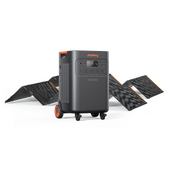


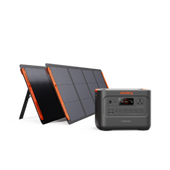

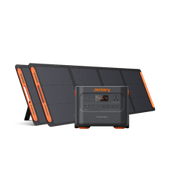
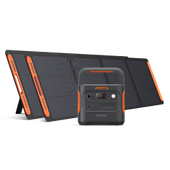

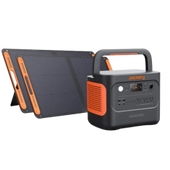

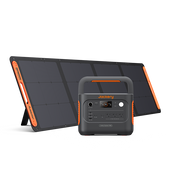
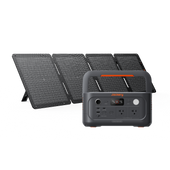
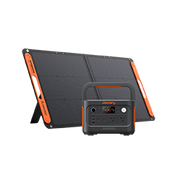

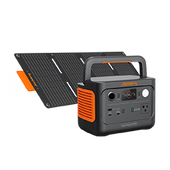
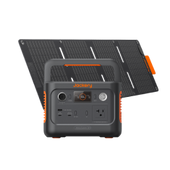
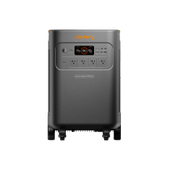
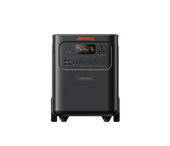
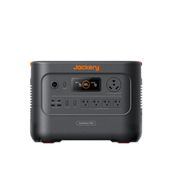
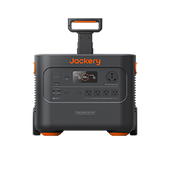
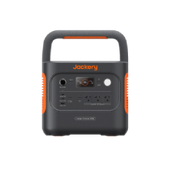
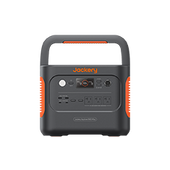
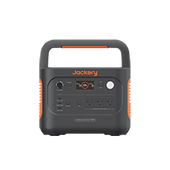
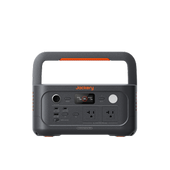
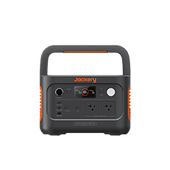
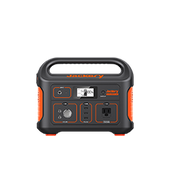
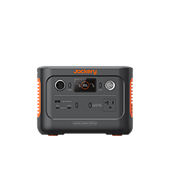

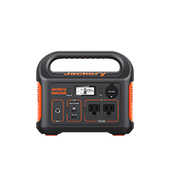
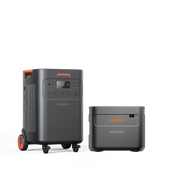
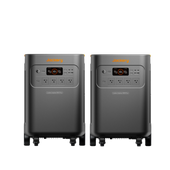
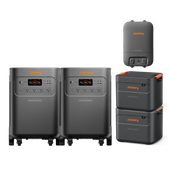
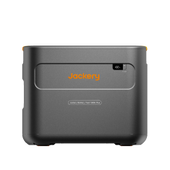

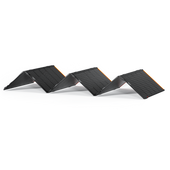

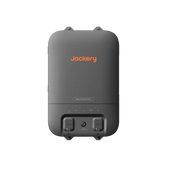
![[Add - on] Jackery Manual Transfer Switch for Explorer 5000 Plus - Jackery](http://www.jackery.com/cdn/shop/files/add-on-jackery-manual-transfer-switch-for-explorer-5000-plus-9017324.png?v=1754016782&width=170)
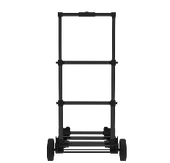
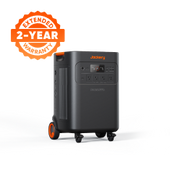
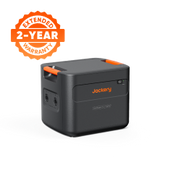
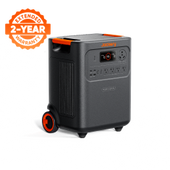
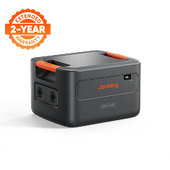
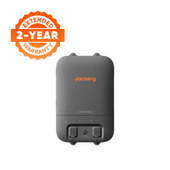
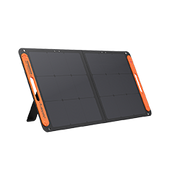
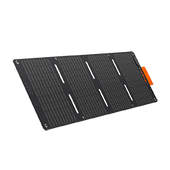
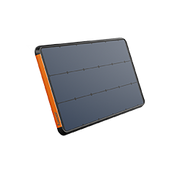
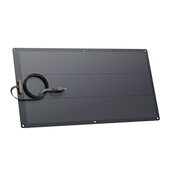
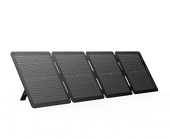
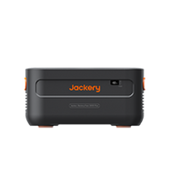
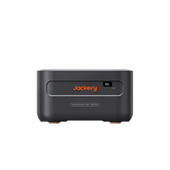
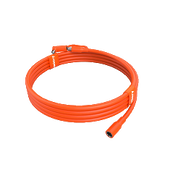

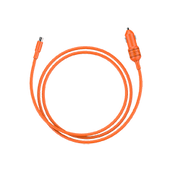

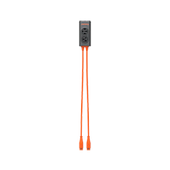
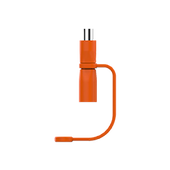
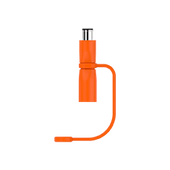
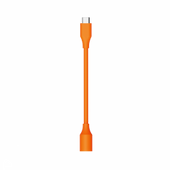
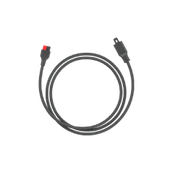
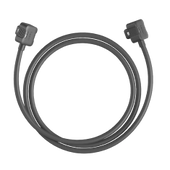

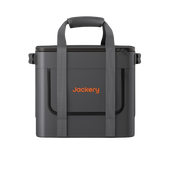
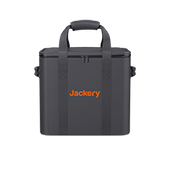
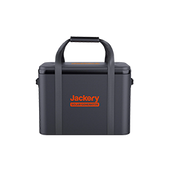
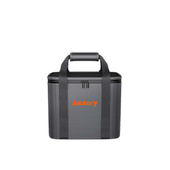
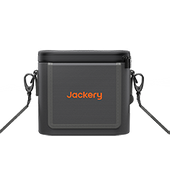
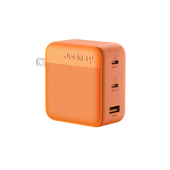
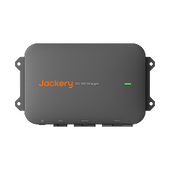


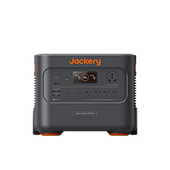
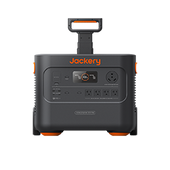
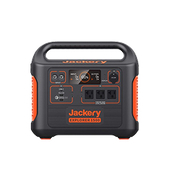
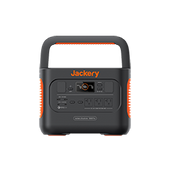
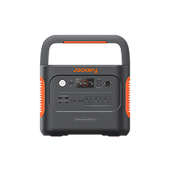
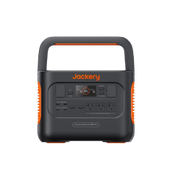

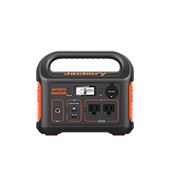
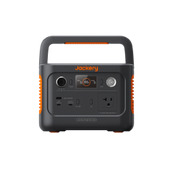

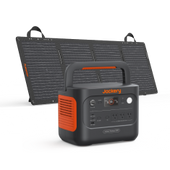

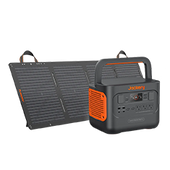


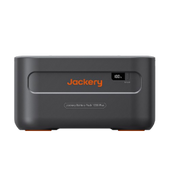
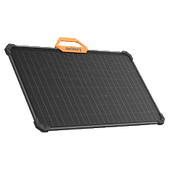


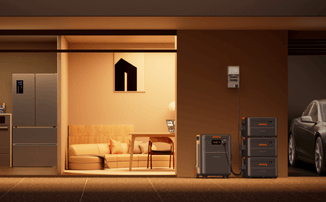
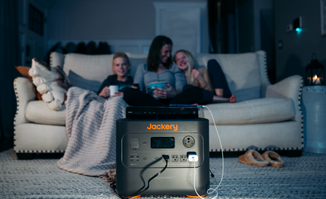
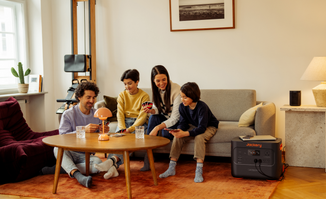


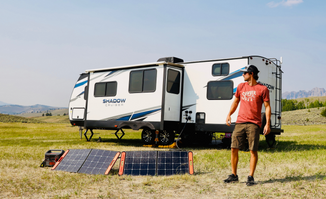

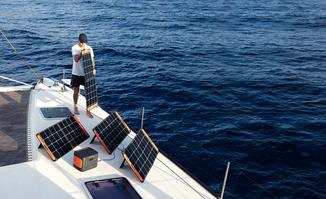

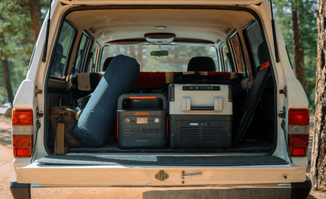




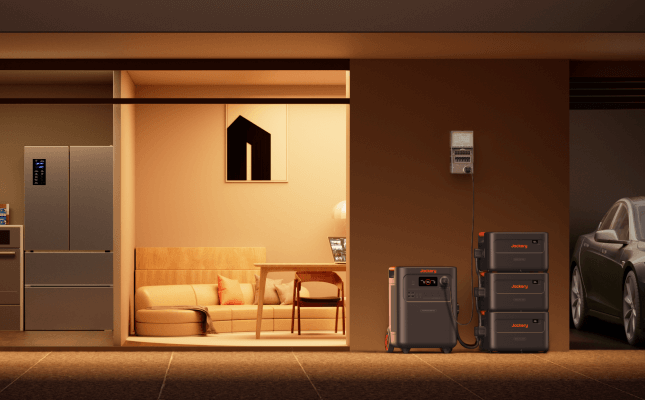
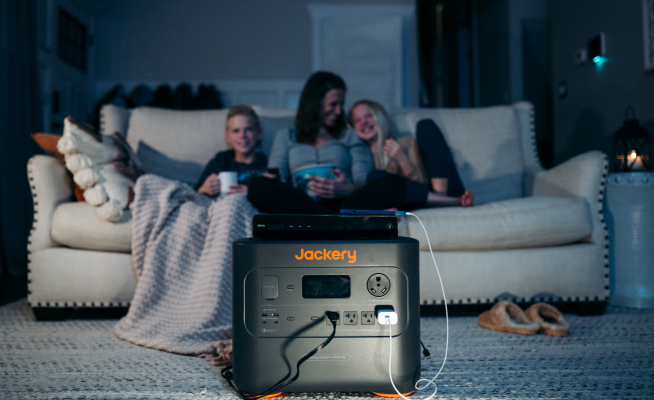

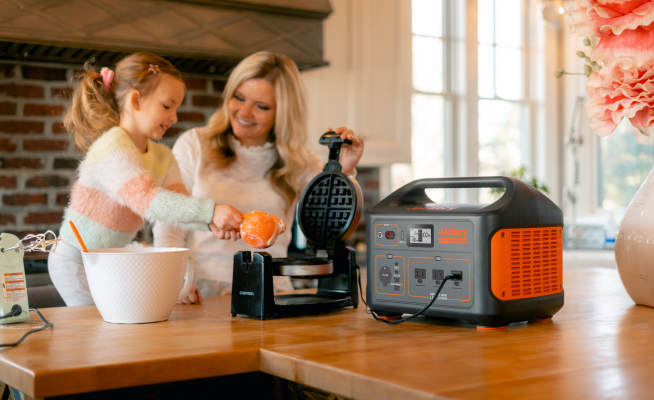
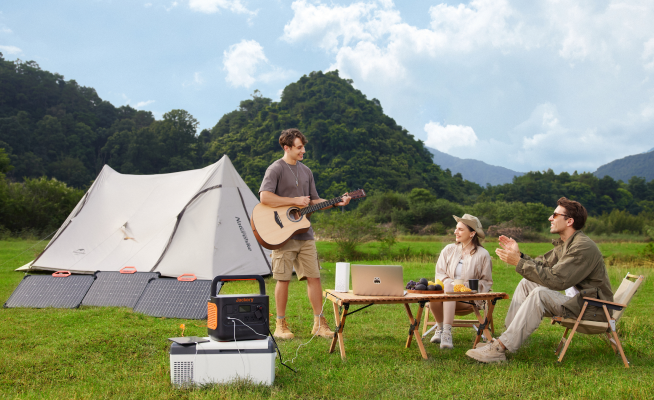
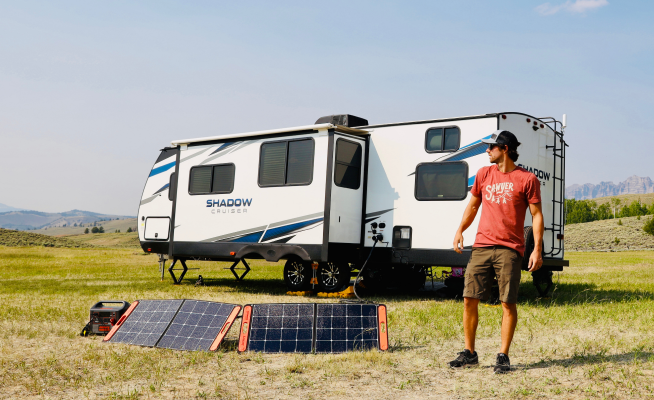

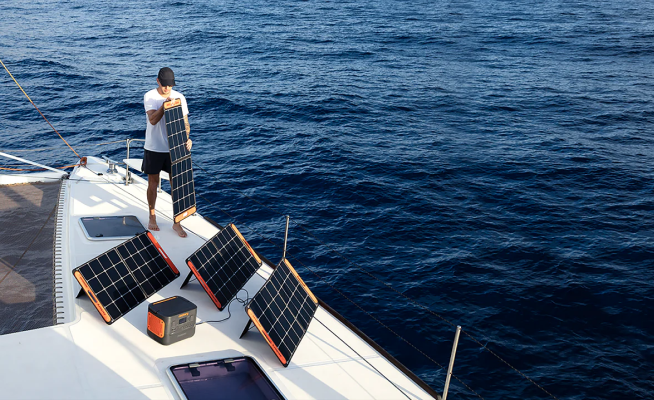
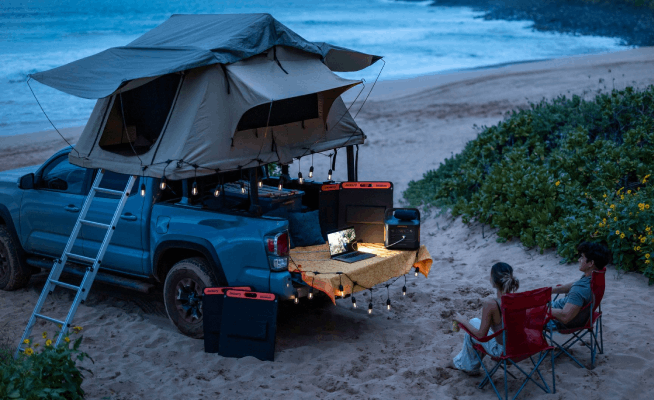
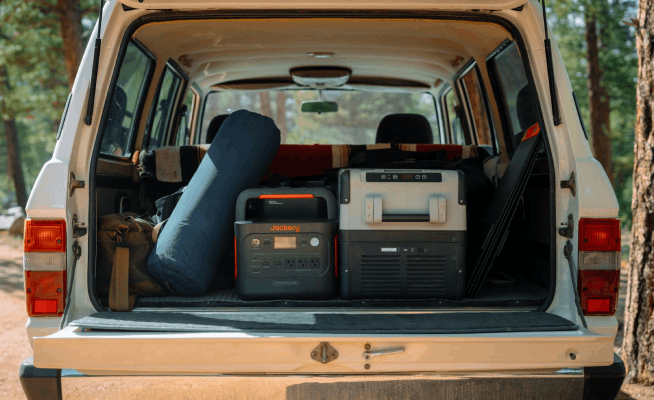


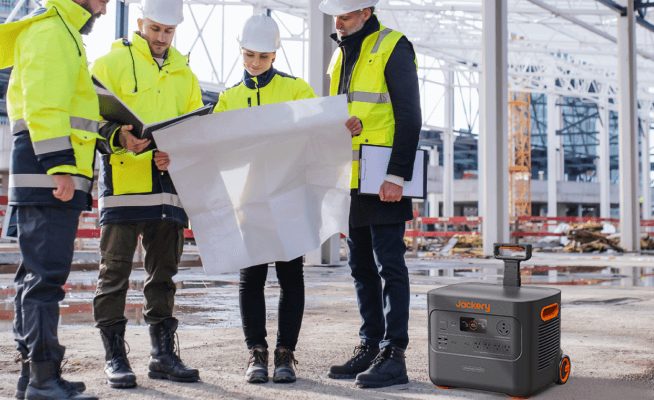











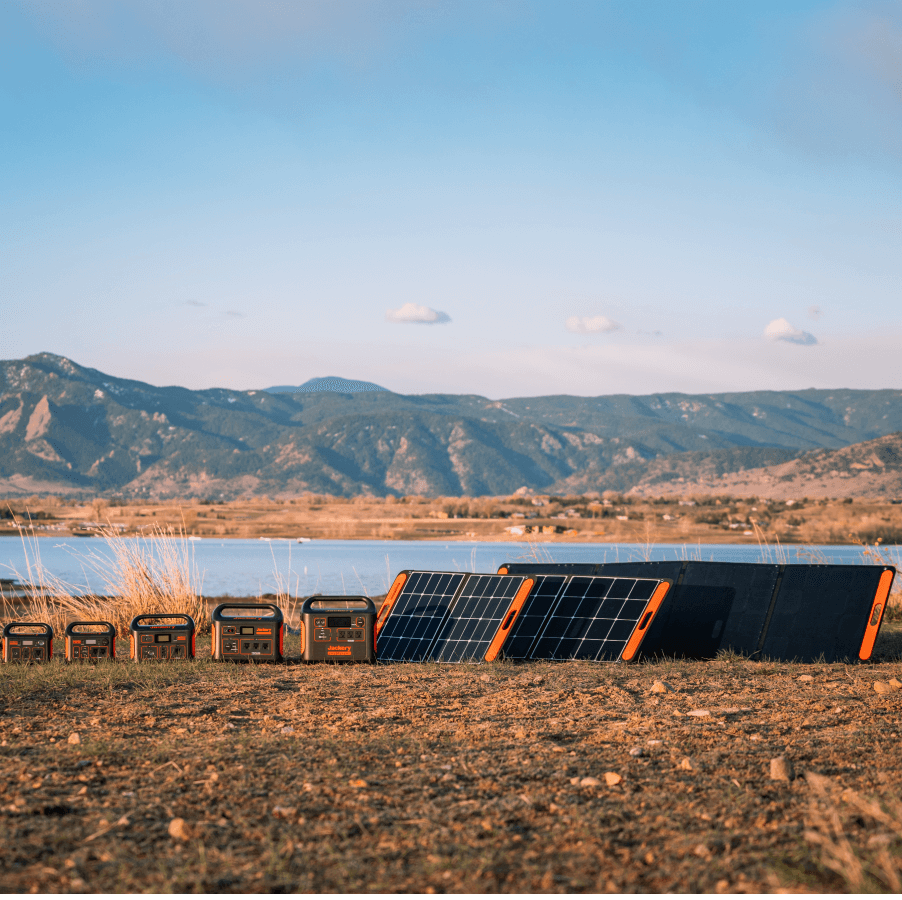

Leave a comment